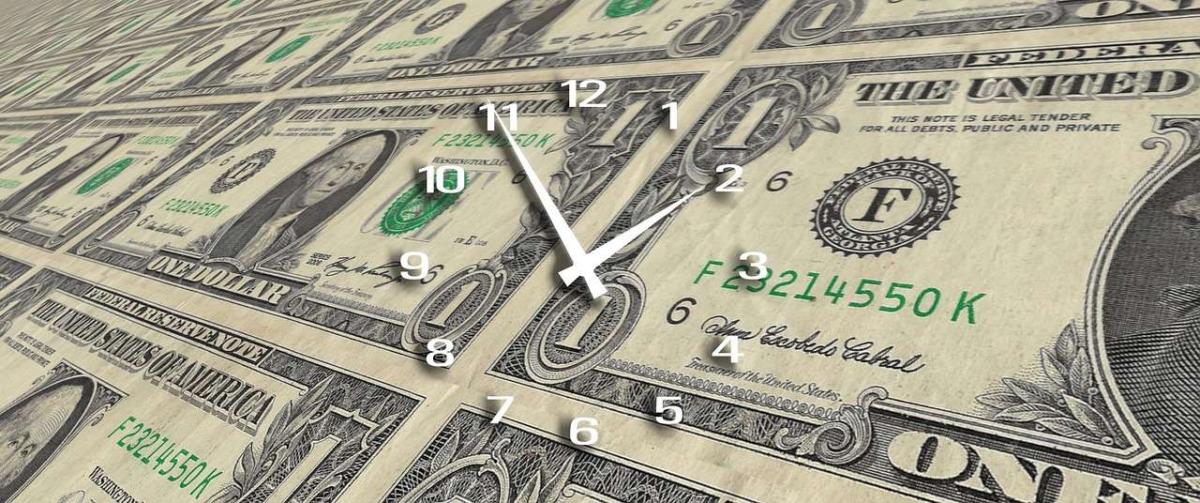A new study of volatility in commodity prices indicates that both the total and the decomposed variance risk premiums of at least certain commodities markets contain information with predictive power.
The variance risk premium is the pay-off of the synthetic variance swap contract. Specifically, it’s the difference between the floating leg and the fixed leg of the swap contract.
The scholars responsible for this study are Yahua Xu, of Central South University, Hunan Province, China, and Tai-Yong Roh, Auckland University of Technology, New Zealand.
Xu and Roh focused especially on four markets: the United States Oil Fund (USO) options; United States Natural Gas Fund (UNG) options; SPDR Gold shares; and iShares silver trust.
A Trick that Works Three Times out of Four
The results differed from each market to the next. Specifically, the variance risk premium for USO does not predict futures returns for the crude oil market. But the variance risk premium for UNG does predict futures returns for the natural gas markets, and does so positively (that is, higher premium predicts higher returns, lower predicts lower). Further, the variance risk premium of GLD and SLV predict results for the gold and silver markets negatively.
In the crude oil market, although as noted the variance risk premium itself is not predictive, the decomposed variance risk premiums do predict futures returns.
As to the energy markets more generally, it is these authors’ view that the level of the variance risk premium carries information about the magnitude of hedging demand, and that the same information is also reflected in the futures markets, hence the predictive value.
As to the precious metals, their view is that the level of the upside variance risk premium reveals the uncertainty level of macroeconomic conditions. That is: as things get uncertain, people and institutions put more of their wealth into precious metals. So high demand for hedging corresponds to low upside variance risk premium, which in turn signals a near-term rise in the precious metals futures price, hence the negative but predictive relationship.
For their data, Xu and Roh looked especially at the period beginning in January 2010, continuing to August 2017. This way they avoided possible “noise” generated by the global financial crisis of 2007-09. Commodity options have become increasingly popular throughout the period covered by their data.
The Data Set and Analogous Studies
This chronologically defined data set does include the European sovereign debt crisis of 2011, and their charts show that the risk neutral variances for all of the four commodities under study spiked during that crisis. The realized variances of three out of the four commodities also spiked. UNG is the exception.
To dig a bit into the statistical terminology, “realized variances” are distinct from “risk-neutral variances” because the latter variances are those so calculated as to embed the Black-Scholes assumptions. Realized variances are those that present themselves without such embedding.
Xu and Roh constructed their monthly realized variances with the 5-minute intraday return data from Thomson Reuters Tick History (TRTH).
Xu and Roh also observe that there are two closely analogous studies of the predictive value of variances, but they both remain without the equity universe. The older of the two, by Bollerslev et al., 2009, found that the total variance risk premium contained short-term predictive information for equities. This year, Kilic and Shaliastovich have found that if the variance risk premium is decomposed into its upside and downside components the decomposed have stronger predictive power than the un-decomposed numbers. Other studies have extended this conclusion to the crude oil market. These authors believe that by adding natgas as another energy commodity, and comparing both to the precious metals markets, they have considerably widened the field of research.
Return Prediction Bottom Line
How short term is short-term?
This study concludes that VRP, undecomposed, does not have predictive power for the crude oil market. For the other three markets under discussion, one bottom line questions: what is the optimal span of time between when you’d place your bet and when you’d reap your winnings, if you were employing that predictive power?
The envelope please…. For natural gas, “the predictive power is strongest at the 6-month horizon.”
For gold, VRP “strongly predicts gold futures returns over the forecasting horizon from 2 to 12 months, with negative slope.”
For silver, VRP “can predict silver futures returns at the 6-month forecasting horizon.”




